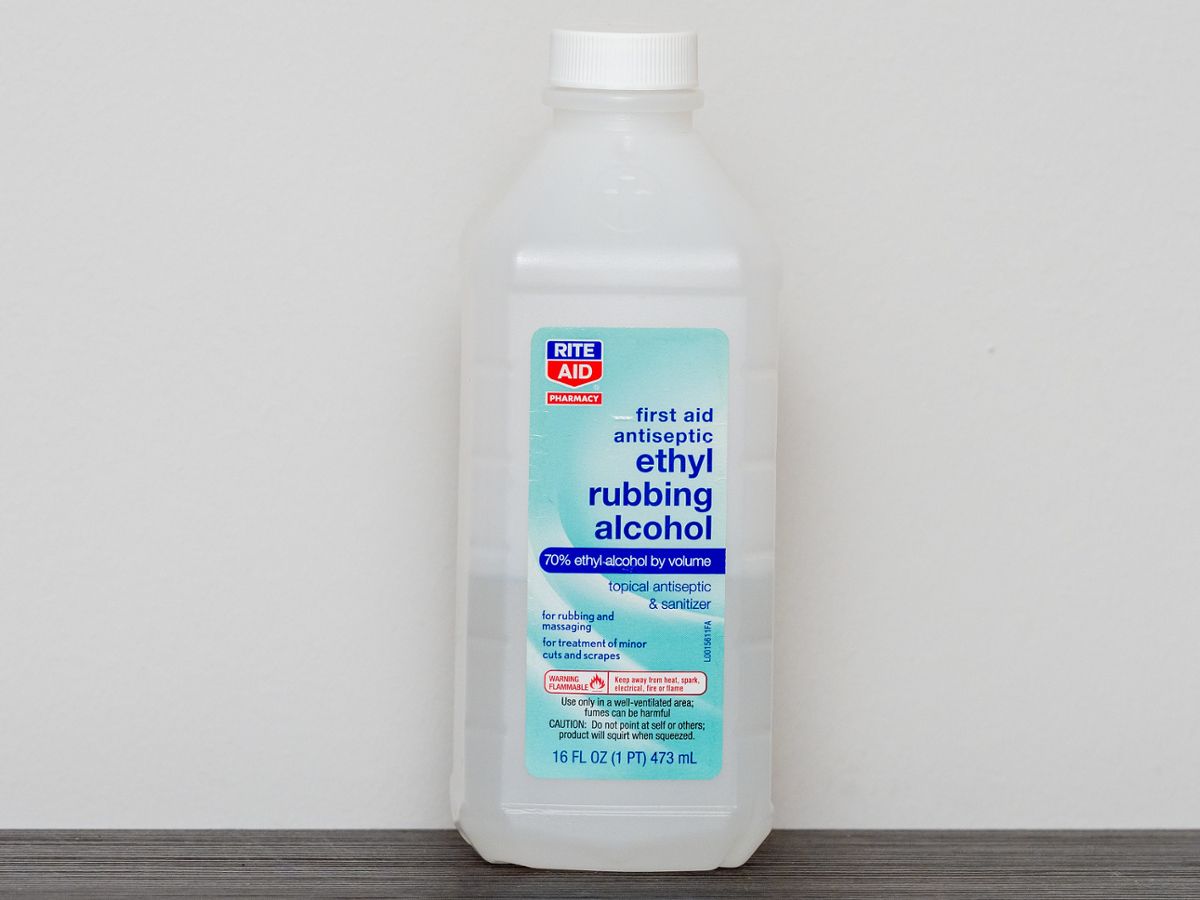D: Oww!
Y: Don, you cut your finger! Let me put some rubbing alcohol on it for you. The alcohol will disinfect it.
D: Thank you, Yaël. But I noticed that, in addition to the stinging, the alcohol felt cold when you put it on my skin. How could that be? The bottle was at room temperature.
Y: Don, it felt cold because of a process called evaporative cooling. Like all matter, the alcohol is made of tiny particles called molecules. Heat energy is the movement of these molecules. When something gets warmer its molecules move faster. But when a liquid evaporates, or changes into a gas, the fastest molecules break loose from the liquid and fly off on their own. They carry the heat energy of their movement away from the liquid with them. That’s why the evaporation of a liquid is cooling.
D: I get it. That’s part of the reason why running through a sprinkler can be cooling on a hot day. It also explains how sweating performs its cooling function. But I noticed that the alcohol seemed to have a stronger cooling effect than water. Why is that?
Y: About seventy percent of rubbing alcohol is made up of isopropyl alcohol. The rest is water and other substances. The molecules of isopropyl alcohol don’t stick together as strongly at room temperature as water molecules do, which means the alcohol evaporates more quickly than water does. More molecules fly off, and they carry more heat energy with them. That’s why there is a stronger cooling effect.
D: Hmmm… you are right, Yaël.
Y: Don, give me back my bottle of rubbing alcohol! You’ll waste it all testing it on your arm.










